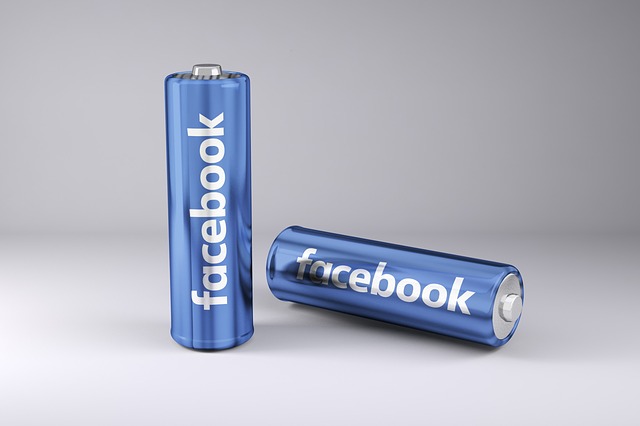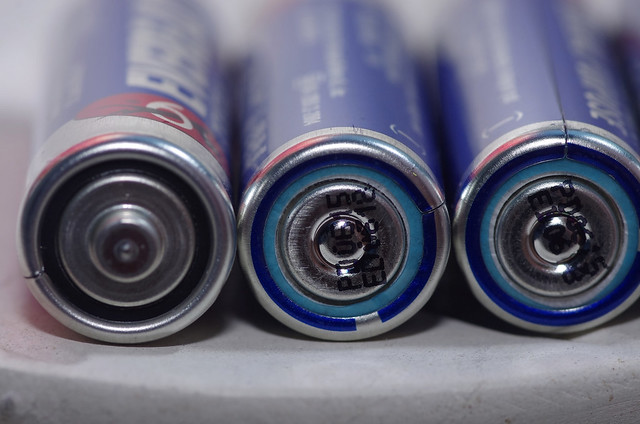Show More About Lithium Coin Battery
Jul 15, 2019 Pageview:1491
Lithium coin is physically interchangeable depending on usage requirements, certain battery chemicals are better suited. They are highly used to power small electronic devices such as calculators, wrist watches, various medical devices, fitness appliances, toys etc have different energy requirements than a wireless remote control. The greater the knowledge of coin and button cell specimen, the longer battery life and efficiency can be maximized.
Buttons and coin cell batteries are being utilized to power small portable electronics devices such as remote keyless entry, laser pointers, pocket calculators, implantable cardiac defibrillators, and artificial cardiac defibrillators.
The energy density of lithium-ion is generally twice as high as that of the standard batteries. In terms of discharge, the load characteristics are reasonably good. Higher energy densities are potentially possible.
The 3.6-volt high cell voltage enables battery pack designs with just one cell. Most of the mobile phones today operate on a single cell.
LITHIUM COIN BATTERY SIZES:
Coins and buttons cells have originated their names from form and size–thinner variants are referred to as coins because they look like coins; thicker coins are referred to as button cells because they look like buttons. Its sizes range from 5-25 mm diameter and 1-6 mm height and are single-cell, primary batteries that are usually cell-based, which means that they're for single-use and disposable.
We mean the actual cell's physical size when we use the term SIZE. Not the strength, not the capacity–only the size. There are certain sizes: 2032, 2450, 2025, and 2430. The numbers of these models effectively depict the battery's physical size. Let's bring the CR2032 to demonstrate this position. The 20 implies 20 mm wide and the 32 implies that the thickness is 3.2 mm.? This calculation is really very simple. All CR 3 volt lithium cells are calculated accordingly.
The cylindrical 18650 (size 18 mm x 65.2 mm) is the economical lithium-ion battery in terms of cost-to-energy ratio. This cell is used for mobile computing and for other applications also that do not require ultra-thin geometry. The prismatic lithium-ion cell is the easiest option if a slim pack is needed. These cells are more expensive and come at a higher cost for stored energy.
LITHIUM COIN BATTERY SHELF LIFE:
Lithium coin cells have a shelf life of 10 years at normal room temperature and in relative humidity.
Lithium coin cells will drop roughly 1 percent of their capacity per year when kept at normal room temperatures and humidity owing to the ingress and egress of vapors in the seal. When lithium coin cells in the sealed package have been stored inside them for years, the scent of DME (1, 2-Dimethoxy Ethane) can be sensed when the packaging is open up, this is due to egress through the seal. The vapor from the DME has either a similar smell but is not an issue for safety. Lithium coin cells will lose about 1% of its ability per year owing to the ingress and the egress of vapors through the seal when placed at normal room temperature and humidity.
Most cell and coin cell batteries have a low self-discharge, which implies they will maintain their charge for a long period of time, offering them a longer shelf life. These kinds of batteries are excellent for use in products that require long, ongoing service because they are so consistent and reliable. They are keeping us on time when used in wristwatches and we trust them with our life for pacemakers, with a single battery that delivers artificial heartbeat of five to ten years
LITHIUM COIN BATTERY DISPOSAL:
Lithium coin battery is quite harmless in comparison with other Lithium batteries or lithium-ion which is highly explosive and requires extra care when the case of disposal arrives, however used packages need to be properly disposed. This is less applied to recover valuable metals as with lead acid than with the increasing quantity used in consumer products for environmental reasons.? Whereas no toxic metals or reactive acids are contained in batteries CR2032. When your CR2032 battery loses its charge, it's been converted into a non-reactive metal compound for the highly reactive lithium within it if the battery stops working. Batteries using CR2032 do not produce such heat alone and do not pose a danger of transmitting chemical compounds to your local ecosystem.
As it is not possible to recharge lithium battery cr2032, this must be correctly disposed off.? They do not generate heat on their own and they are not at risk.
When disposing off the lithium battery cr3032 in big numbers, however, attention still has to be paid. Many of the batteries still hold a small quantity of charge, so it is inevitable for them to short circuit and explode when placed near each other or destroyed together causing fire.
Lithium battery includes damaging harmful elements at the point of toxicity of electronic devices. As a strong inert, the flashpoint is not a proper ignitability test. The batteries are strong, not fluid, which excludes corrosive waste because corrosive waste must by definition be fluid.
Also, it is particularly dangerous if Lithium coin batteries are wrongly placed into a recycling bin and inevitably bounce in the rear of a dry recycling truck. Pressure or heat can lead to a chain reaction that is catastrophic when the battery is in its rear of its life. They pose numerous risks for health and the environment. It is recommended to not take them lightly ad dispose of at a hazardous waste collection point for household use (check with your local landfill) or at a disposal/ recycling battery location, never placed in the waste. Or they can be dispersed in different directions so that they don't touch one another in order to properly dispose of a wide range of lithium batteries at the same time. Batteries should not be disposed near each other in order to avoid explosion. Users may contact lithium battery cr2032 manufacturers or electrical stores to understand how to dispose the batteries that they have used. They can offer the necessary advice on how to do this in a safe way.
- Prev Article: How Do You Like Lithium-ion Battery Electrolyte?
- Next Article: How much do you know about USPS Lithium-ion battery?
Leave Message
Hottest Categories
-
Hottest Industry News
-
Latest Industry News













